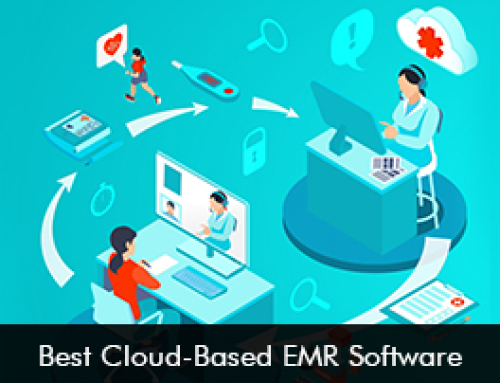Patient engagement technology solutions such as the Patient Portal EMR Software have been boosted. Patients and providers see the patient portal as an effective platform that fulfills meaningful use requirements and aids patient-provider communication round the clock. Patient portals allow patients to have simple access to their complete health information, request prescription refills, and schedule online appointments. The convenience of patient portals makes it a valuable tool to be used by healthcare organizations.
Key Benefits of Deploying a Patient Portal EMR Software Solution
The patient portal has the following advantages for both clinicians and patients.
- Protected online access to health information.
- Improved office efficiency as barriers to communication is eliminated.
- Streamlined administrative workflows.
- A decrease in medical errors.
- Patients feel empowered and even more satisfied.
- Portals can be used to educate patients about billing information and consent forms.
- Better informed patients on their health.
Best Practices for Patient Portal EMR Software to enhance Patient Engagement
Patient portal solutions are getting popular since the inception of the COVID-19 pandemic. Patients can manage wellness remotely and also access vaccination records and receive COVID-19 test results.
It is crucial to involve a patient to use the patient portal platform to improve patient engagement. Usage of patient portals can be boosted if they are user-friendly. A patient will be discouraged to use the patient portal technology if the user interface is clunky and there is the use of medical jargon. To make patients use the robust technology practices can implement the following strategies.
Make the platform mobile easy – The best way to increase patient engagement through the patient portal EMR software is by making it mobile-friendly. Patients prefer to review their health information and schedule appointments using their smartphones.
Improved user experience – The patient portal software should be designed in a way that is easy to navigate by patients from all walks of life. They should be able to easily look for what they want and get the required information in a few clicks. Clunky interfaces will only disappoint patients and they will stop using the portal.
Easy sign-up – The patient portal platform should be accessed easily by simple sign-in details such as using an existing email. Creating new usernames and passwords might be a roadblock for some patients to use the patient portal solution.
Educating patients about the availability of patient portal software – Patients can be completely oblivious about the availability of the platform if they are not informed. Front desk staff members can communicate with patients or medical practices can educate the patient portal availability and benefits on their official website. This can encourage more patients to use the platform and connect with their healthcare providers 24/7. Organizations can also send emails to patients so they can sign up for the patient portal platform.
A Growing Demand for Patient Portals
Since the use of smartphones and mobile apps is growing there is an increased demand for the patient portal platform. If used effectively practices and patients can make complete use of the powerful technology to reap the benefits of patient satisfaction and enhanced practice efficiencies.








